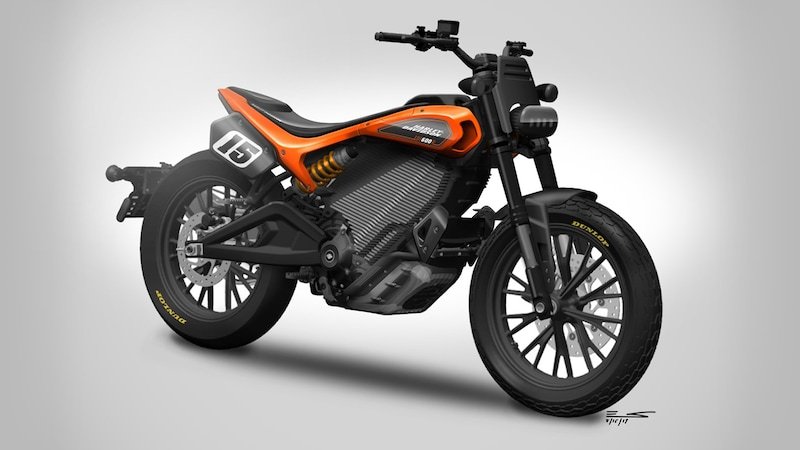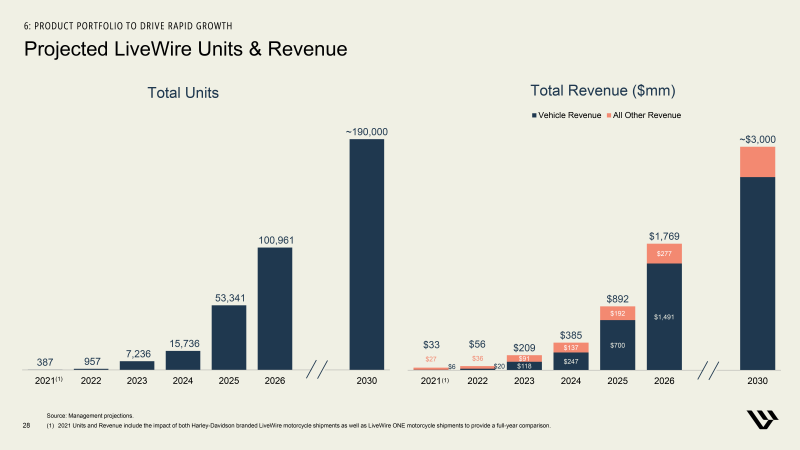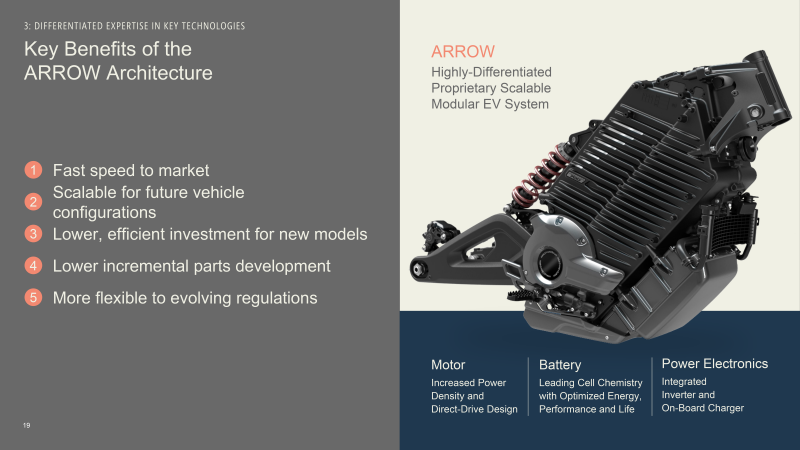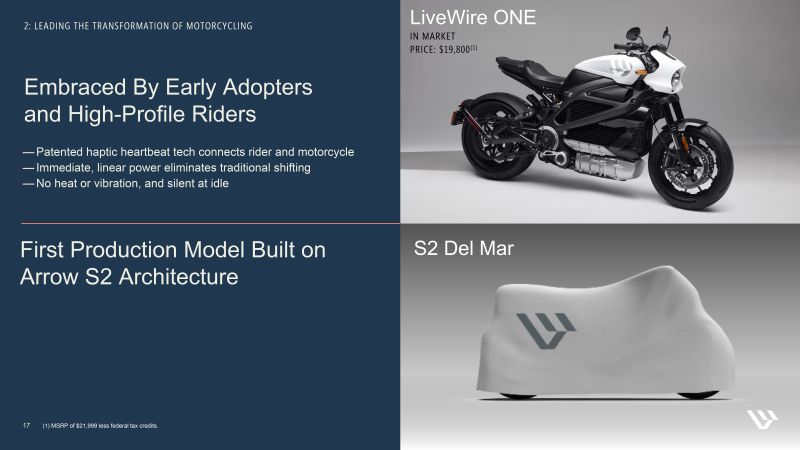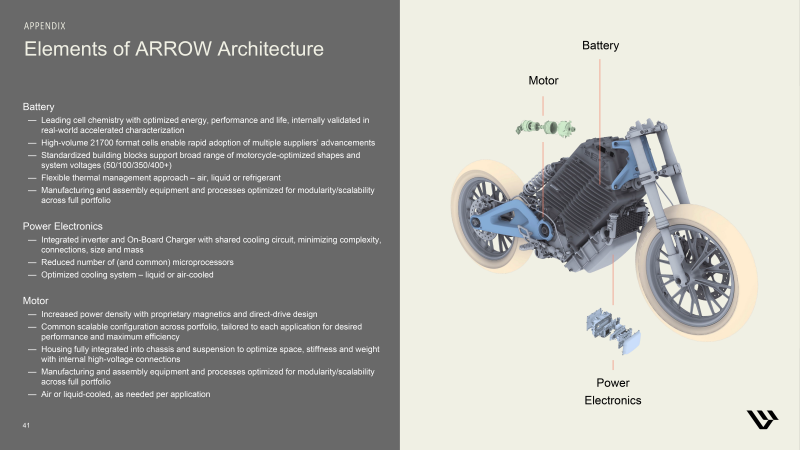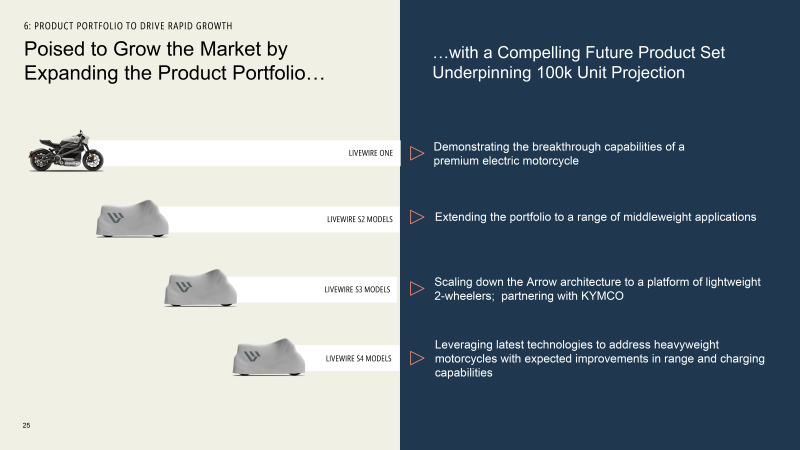H-D’s Second Electric Brainchild Could Be A Budget-Friendly Middle-Weight Competitor
When the LiveWire One was debuted, many adored the torquey tug and quality components – but at a sky’s-the-limit price of $29,799 USD (The post-2019 price dropped further but still hovered at a base MSRP of $21,999), the bike was beyond the reach of the middle class commuting crowd.
Now, we’re told that The One’s sibling – known only has the ‘S2 Del Mar’ and built on a proprietary scalable modular ‘Arrow’ platform – is slotted to be a new, cheddar-friendly addition to the middleweight competition.
And they’re banking that this platform will really resound with the needs of our current gens.
Harley? Budget-friendly?
Read on.
In a report from Motorcycle.com, Harley outlines the perks of the S2 Del Mar (shortly after they announced to the world that LiveWire was going public):
-
Fast Speed to Market
-
Scalable for Future Vehicle Configurations
-
Lower, Efficient Investment for New Models
-
Lower Incremental Parts Development
-
More Flexible To Evolving Regulations
These goals – while still far out and not yet fully realized – hinge on a four-tier plan for Harley’s future electric bikes.
“The LiveWire One will continue as the brand’s premium model (with its premium price),” comments the report.
“It will be followed with middleweight LiveWire S2 (System 2) models, a more lightweight series of LiveWire S3 models, and heavyweight LiveWire S4 models.”
The Arrow system – Harley’s latest invention – is an equation, or formula, that can be applied to multiple future models. In this case, the “S2 Del Mar’ design matches The One’s current function of using the battery as a stressed member – much the same as the engine is a stressed member of the frame on KTM’s 1290 Super Duke R, most of Ducati’s lineup (including the Monster 1200), and BMW Motorrad’s R1100RS.
“It combines a motor, battery, inverter and on-board charger that can be used in different configurations, which means a more efficient use of R&D funds and the ability to adapt to market and regulatory needs,” comments the report.
“The modular approach also allows for different choices of heat management: air, liquid or refrigerant cooling.”
“The inverter and on-board charger will be integrated, reducing size, complexity, and the number of microprocessors required. It will also have its own air- or liquid-cooling system.”
Combine this with the news that this bike will remain as a direct-drive machine (versus Kawasaki, who was apparently logged saying that they’d have multi-speed gearboxes for their upcoming electric motorcycles), begging the question of power range.
“The middleweight bike likely won’t need the LiveWire One’s impressive performance, such as the 100+ hp motor or the 0-60 mph time of 3 seconds,” muses a report from Electrek.
“By dialing back the performance and range, as well as working with a more modular platform that may offer reduced production costs, H-D could present a highly competitive electric motorcycle.”
What do you think?
Will Harley-Davidson succeed at creating a middleweight electric machine with all the components to do well in the current economy?
Drop a comment below letting us know what you think, we love reading what you have to say.
Be sure to also get caught up on other related news coming down the H-D pipeline, and as always – stay safe on the twisties.


